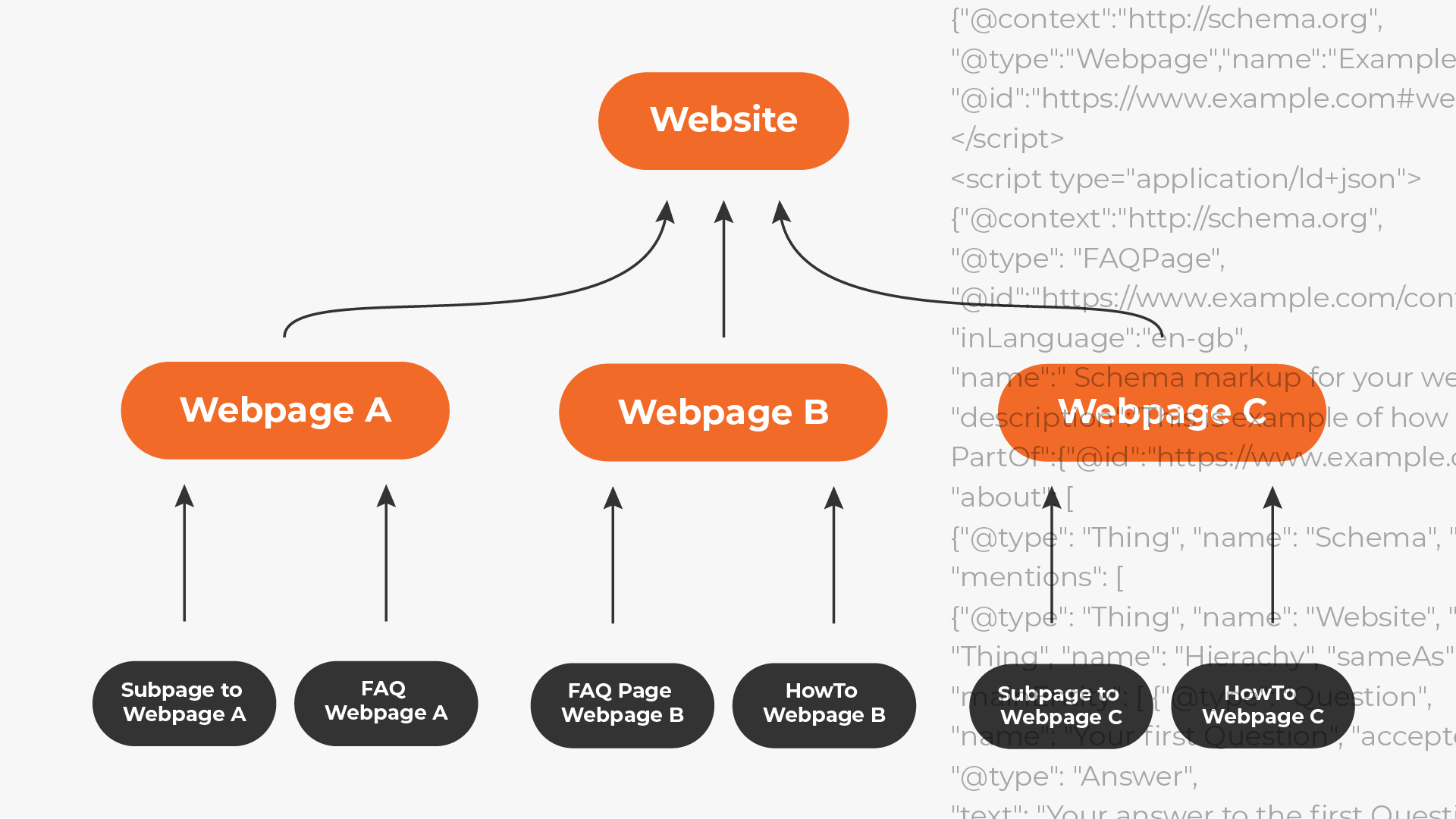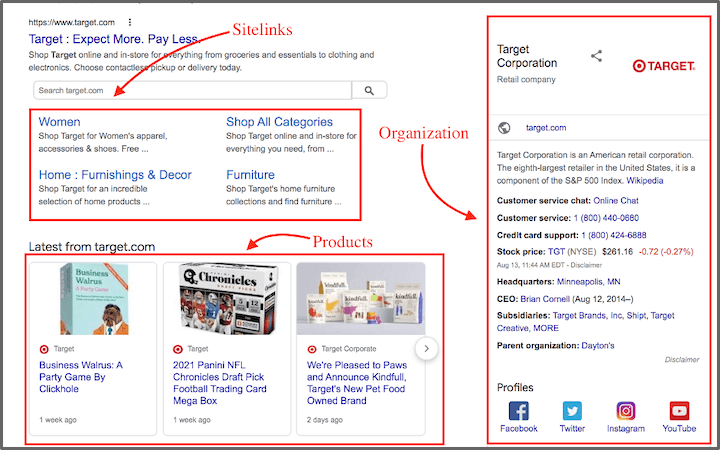Schema markup is structured data code added to webpages (preferably in JSON-LD format) that helps search engines better understand the content by explicitly defining elements like articles, products, reviews, events, and more. This enhanced understanding enables search engines to display rich results such as featured snippets, knowledge panels, and other SERP features, improving visibility and click-through rates.
Canonical tags are HTML elements (rel="canonical") placed in the <head> section of webpages to indicate the preferred or original version of a page when duplicate or similar content exists across multiple URLs. This helps consolidate ranking signals, prevent SEO equity dilution, and optimize crawl budget by guiding search engines to index the authoritative page.
Technical SEO Deep Dive: Schema Markup
-
Implementation Methods:
- JSON-LD (preferred by Google) added via
<script>tags in the page head or body. - RDFa or Microdata embedded directly in HTML.
- Can be implemented via backend code or, less ideally, through Google Tag Manager (though Google prefers static HTML embedding).
- JSON-LD (preferred by Google) added via
-
Benefits:
- Improves search engine comprehension of page content beyond plain text.
- Enables rich snippets and enhanced SERP features, increasing user engagement.
- Helps websites stand out in competitive search results by providing explicit content context.
-
Best Practices:
- Use schema.org vocabulary for consistency.
- Regularly update structured data to reflect content changes.
- Test implementation with tools like Google’s Structured Data Testing Tool or Rich Results Test.
Technical SEO Deep Dive: Canonical Tags
-
Purpose:
- Resolve duplicate content issues by specifying the canonical (preferred) URL.
- Consolidate ranking signals from duplicate or similar pages.
- Improve crawl efficiency by directing search engines to focus on primary URLs.
-
Best Practices:
- Place canonical tags in the
<head>section using absolute URLs. - Ensure canonical URLs point to the authoritative version accessible to search engines (not blocked by robots.txt or meta tags).
- Avoid self-referential canonical tags unless necessary.
- Use canonical tags consistently across duplicate content versions.
- Combine with 301 redirects when consolidating content permanently.
- Regularly audit and test canonical tags using tools like Google Search Console.
- Place canonical tags in the
-
Limitations:
- Canonical tags are treated as hints by search engines, which may ignore them if conflicting signals exist.
Summary Table
| Aspect | Schema Markup | Canonical Tags |
|---|---|---|
| Purpose | Enhance search engines’ understanding of content and enable rich results | Indicate preferred URL to resolve duplicate content |
| Format | JSON-LD (preferred), RDFa, Microdata | HTML <link rel="canonical" href="URL"> in <head> |
| Implementation | Backend code, Google Tag Manager (less ideal) | Insert in HTML head section |
| Benefits | Rich snippets, improved SERP visibility, better indexing | Consolidate ranking signals, optimize crawl budget |
| Best Practices | Use schema.org vocabulary, test regularly | Use absolute URLs, avoid self-referential tags, audit regularly |
| Limitations | Requires maintenance and updates | Treated as hints, can be ignored if conflicting |
Both schema markup and canonical tags are foundational technical SEO elements that improve search engine indexing, ranking, and user experience by clarifying content meaning and resolving duplication issues.





